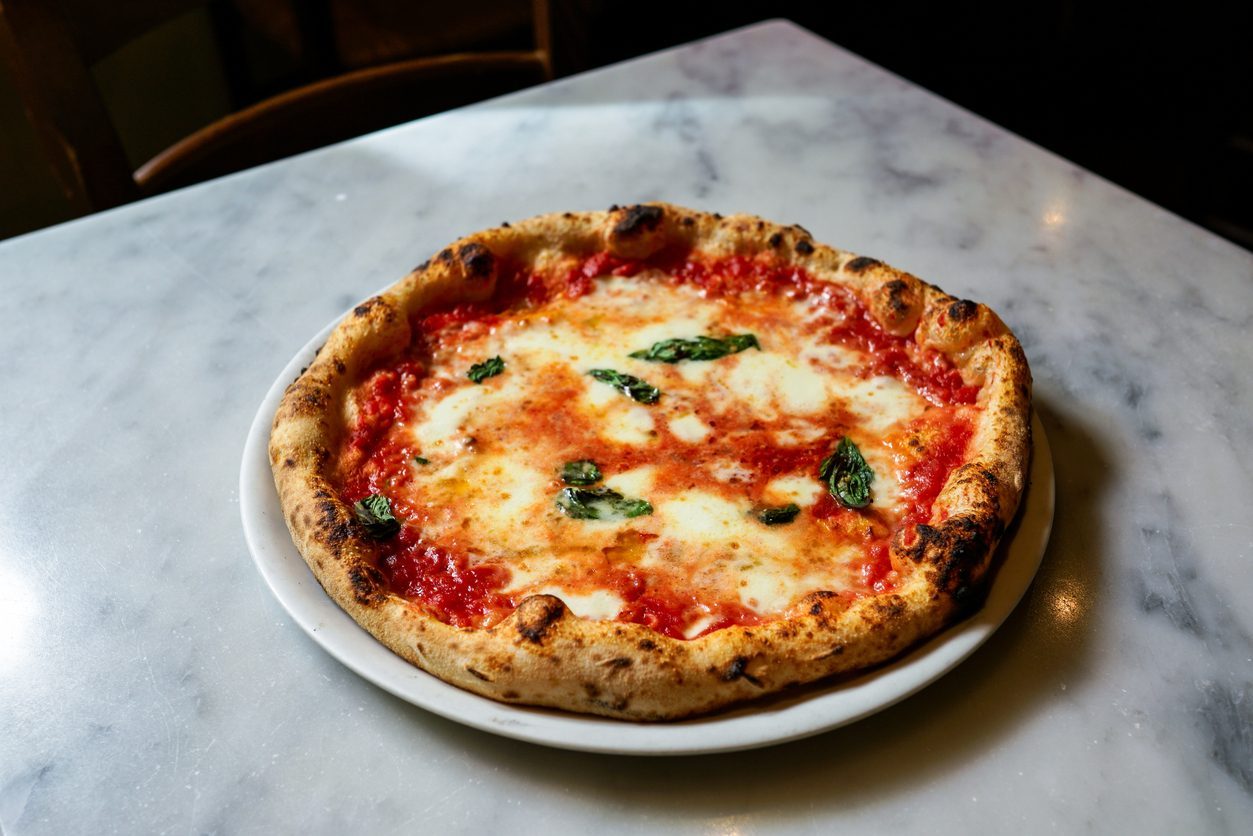;)
When it comes to pizza, one of the elements that defines its character is undoubtedly the tomato. Whether it's a classic margherita, a marinara or a more elaborate pizza, the tomato is not just a topping, but the soul of the dish. Yet not all tomatoes have the same characteristics and choosing the right ingredient can make the difference between a good pizza and an extraordinary one. Not all tomatoes are the same and every pizza has its own right variety. We would also like to underline that we are talking about a dish so personal taste always prevails and there is freedom of choice.
The Best Tomatoes for Pizzas for a Historical and Cultural Connection
Tomatoes arrived in North America from South America in the 16th century, but it took time for them to become a staple in American cuisine. Today, they are one of the most essential ingredients in many dishes, especially in Italian-American cooking. One of the most iconic pairings is tomatoes and pizza, a combination that has become deeply rooted in culinary tradition. Classic New York-style and Neapolitan pizzas rely on high-quality tomatoes to achieve their signature flavor. But which types of tomatoes work best for pizza sauce? Let’s explore the top choices and what makes them stand out.
1. Peeled Tomatoes
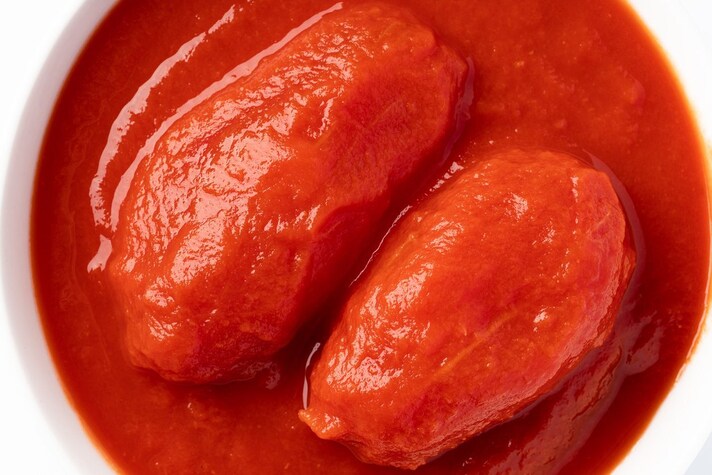
When it comes to traditional pizzas like Margherita, San Marzano DOP tomatoes are the top choice. Grown in the fertile volcanic soil of Italy’s Mount Vesuvius region, these tomatoes are prized for their natural sweetness, balanced acidity, and firm texture. Their consistency makes them ideal for creating a rich, flavorful sauce that holds up well under the high heat of a pizza oven. For classic pizzas, whole peeled San Marzano tomatoes are typically pureed before use, ensuring a smooth and authentic sauce that enhances the pizza’s overall taste.
2. Tomato Puree
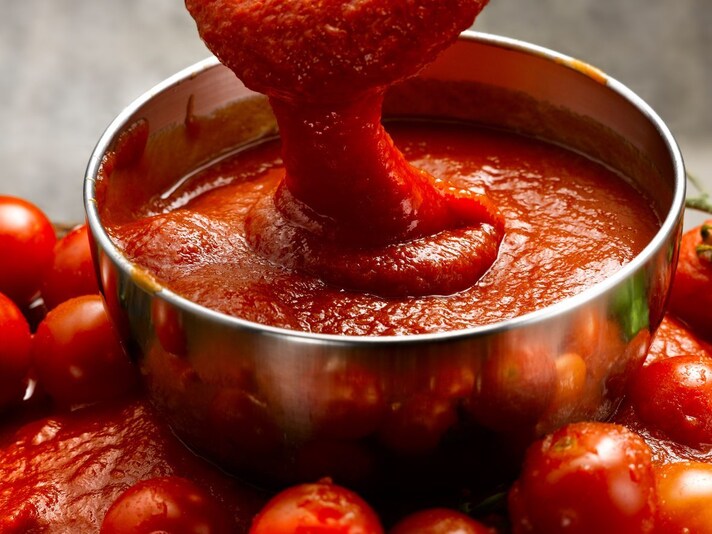
Very unusual in a pizzeria but used at home, it is a sort of tomato puree ready to use because the peeled tomato is already strained and packaged. It is unusual because the puree in pizzerias is made in the kitchen and not purchased ready-made: the bottles can have too much water residue that ruins the final product.
3. Tomato Pulp
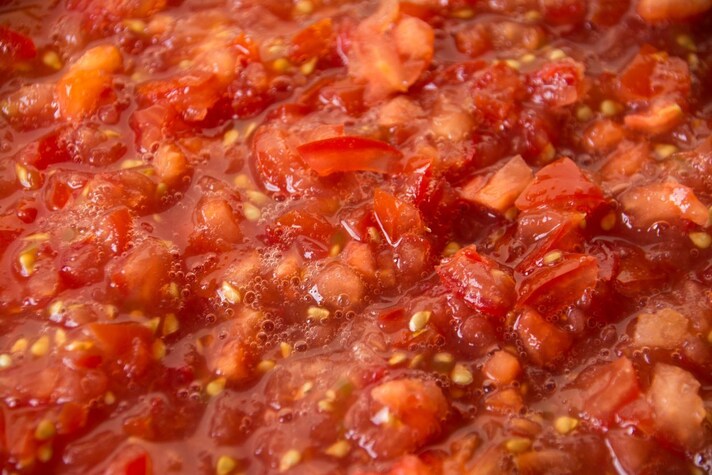
Virtually absent from professional kitchens (and we hope so), this is a coarse sauce with diced tomatoes. At home it is more suitable (perhaps even the best option), especially if you have a classic home oven and not one with a lot of accessories, i.e. one of those traditional ovens that barely reach 535°F/280°C. Tomato pulp lends itself very well to long cooking at high temperatures as it has a large amount of water inside. For the same reason it is not recommended in pizzerias where the product cooks in just a few minutes.
4. Datterini and Cherry Tomatoes
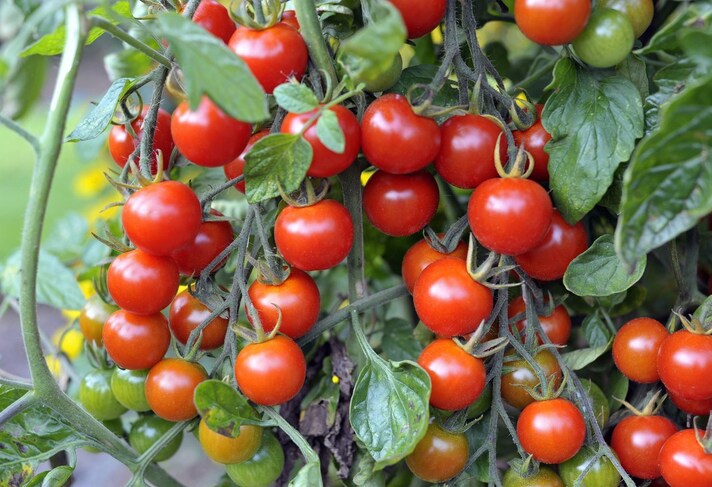
If you're looking for a sweeter, more delicate flavor, datterini and cherry tomatoes are the perfect choice—especially for gourmet or white pizzas, where they can even be used raw. These small, flavorful tomatoes, often sourced from California or the Mediterranean, bring a bright, summery freshness that pairs beautifully with creamy ingredients like burrata or buffalo mozzarella. They are typically used in tomato fillet toppings, adding bursts of sweetness and acidity. The same principle applies to any high-quality tomatoes meant to be enjoyed raw, enhancing the pizza with their natural juiciness and vibrant taste.
Freed of Choice is The Best Thing
Pizza sauce does not require preliminary cooking, especially for traditional Neapolitan pizza. The tomatoes are crushed by hand or blended lightly, with the addition of a pinch of salt and fresh basil. For an extra touch, a drizzle of extra virgin olive oil can enhance the flavor without weighing down the result. If you use fresh tomatoes, such as San Marzano, it is advisable to blanch them slightly to remove the skin, thus obtaining a smoother and more homogeneous sauce. An important point is the sodium content in the tomato, especially for processed products such as peeled tomatoes. Despite the rich flavor, it is best not to exceed the amount of salt added, to balance the overall taste of the pizza and keep it healthy.
But all this is academic. Yes, for the margherita or marinara we recommend the tomato sauce obtained from peeled tomatoes but if you want to use the passata, go ahead. Always remember that the strength of pizza, as a dish in itself, lies precisely in its great "welcoming" capacity. Pizza is the leavened base but remains a blank canvas with which you can play at will. Perhaps the tastiest blank canvas that exists.
;Resize,width=767;)
